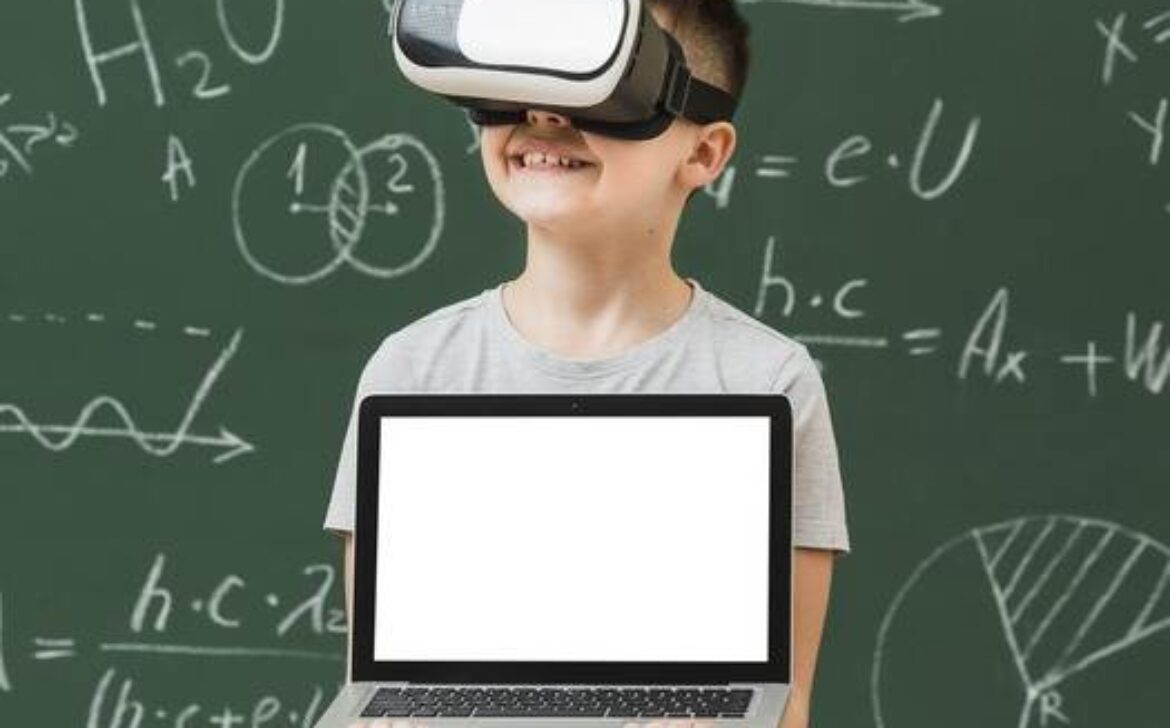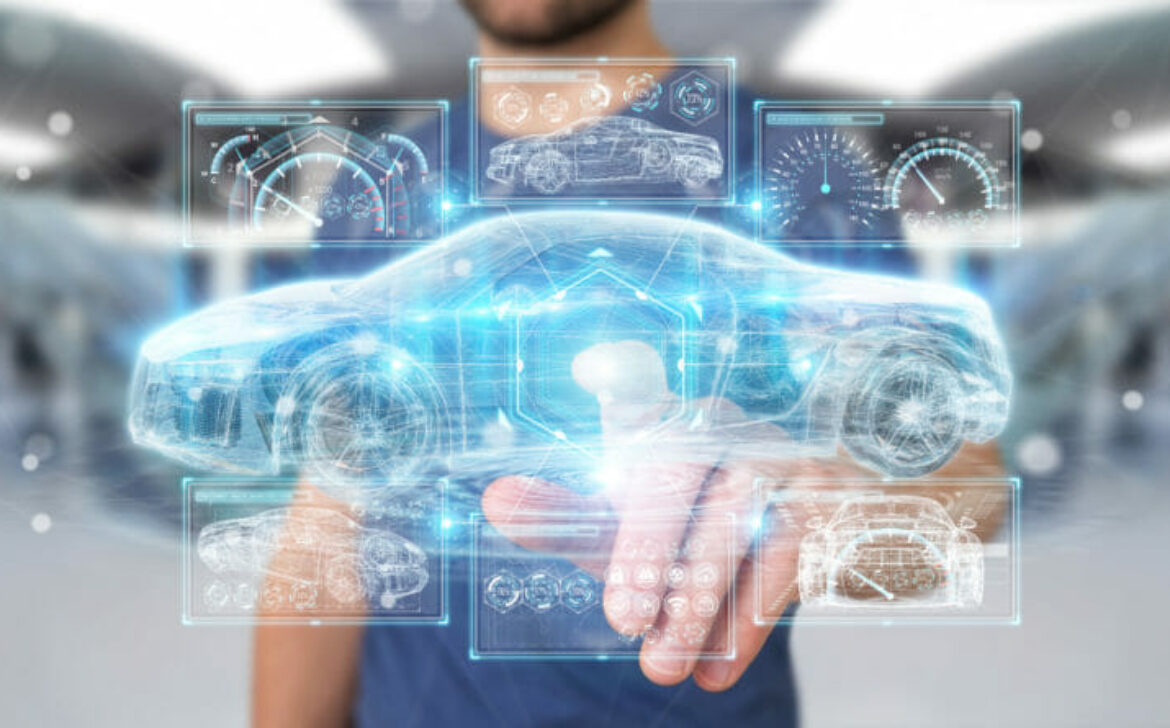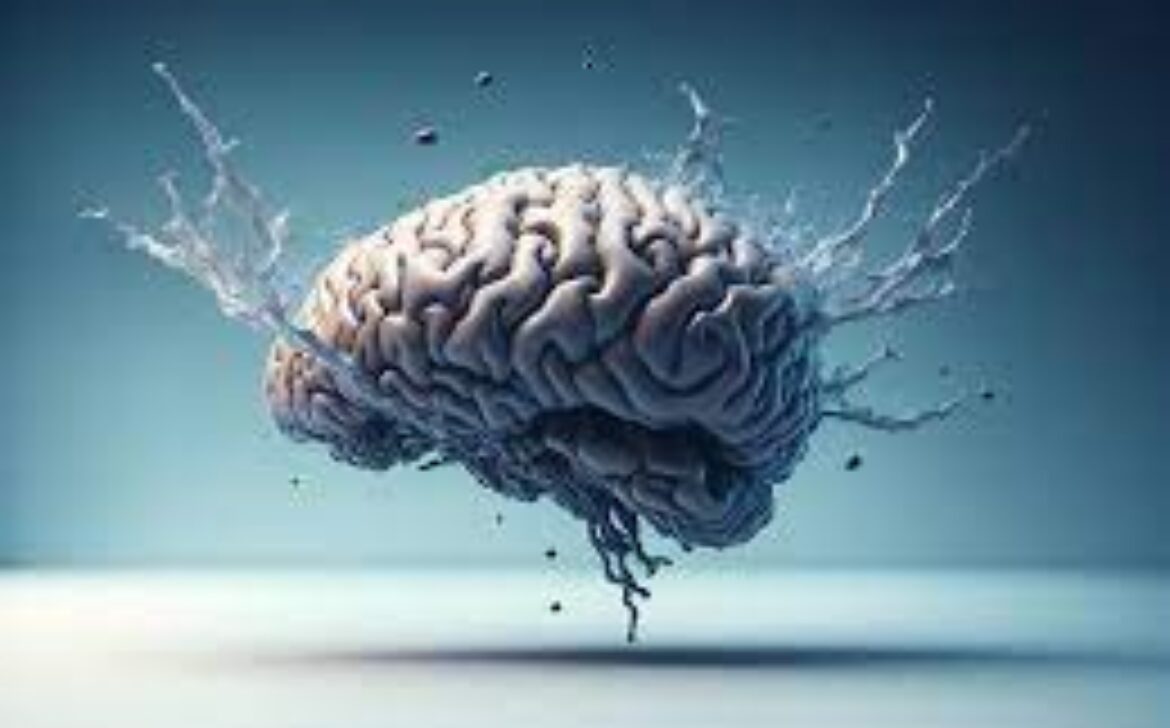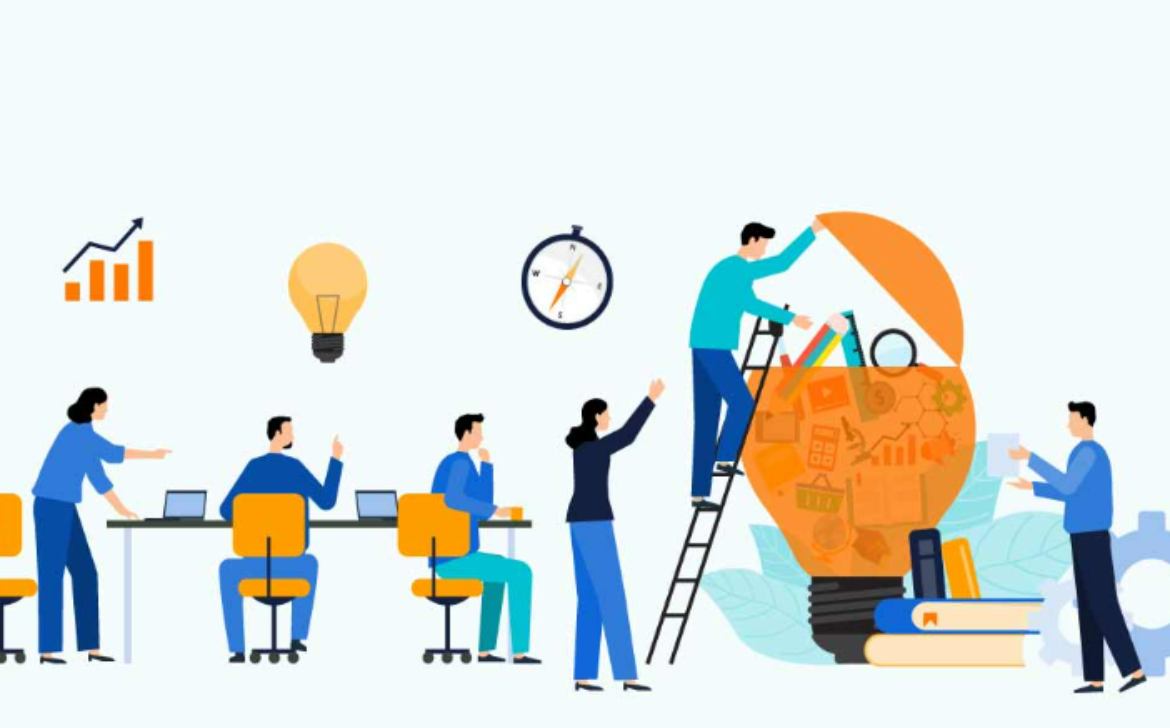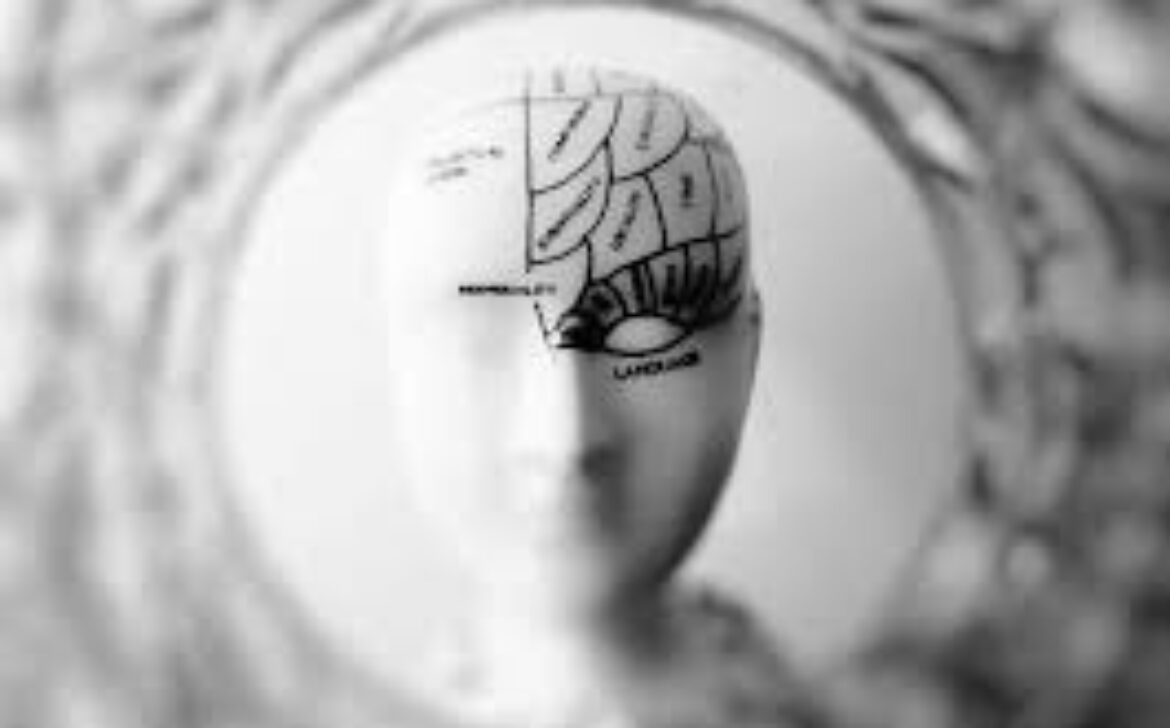Tech in Education: EdTech Trends for the Upcoming School Year
In today’s rapidly evolving world, technology has become an integral part of education. The fusion of technology and education, often referred to as EdTech, has transformed the way students learn and teachers instruct. As we gear up for the upcoming school year, it’s essential to delve into the latest EdTech trends that are set to shape the future of education. From immersive experiences to personalized learning, here’s a comprehensive look at the top EdTech trends for the upcoming academic year.
Immersive Learning Experiences: Transforming Education Beyond the Classroom
As traditional classrooms expand into digital landscapes, immersive learning experiences are taking center stage. Virtual Reality (VR) and Augmented Reality (AR) technologies are revolutionizing education by providing students with hands-on, interactive experiences. Whether exploring ancient civilizations or delving into complex scientific concepts, these technologies make learning engaging and memorable.
Personalized Learning: Tailoring Education to Individual Needs
One-size-fits-all teaching approaches are becoming obsolete, thanks to the rise of personalized learning. With adaptive learning platforms and intelligent algorithms, educators can customize lessons to match each student’s learning pace and style. This approach fosters better understanding and retention, ultimately enhancing the overall learning experience.
AI-Powered Analytics: Enhancing Educational Outcomes
Artificial Intelligence (AI) is making a significant impact on education through data analysis. AI-powered analytics provide valuable insights into student performance, helping teachers identify areas where students might need extra support. These insights enable educators to make data-driven decisions, leading to improved learning outcomes.
Gamification: Learning Through Play
Gamification involves integrating game elements into educational content to enhance engagement and motivation. From quizzes that feel like games to interactive simulations, gamification makes learning enjoyable and encourages healthy competition among students.
Online Collaboration Tools: Fostering Virtual Interaction
Virtual classrooms have become the norm, highlighting the need for robust online collaboration tools. EdTech platforms offer features such as real-time document sharing, group discussions, and video conferencing, enabling students to collaborate effectively regardless of their physical location.
Coding and STEM Education: Nurturing Future Innovators
In the digital age, coding and STEM education are essential skills. EdTech solutions are now introducing coding from an early age, making it fun and accessible. These programs not only teach programming languages but also instill problem-solving and critical thinking abilities.
Mobile Learning: Learning on the Go
Mobile devices have transformed into powerful educational tools, allowing students to learn on the go. Educational apps and platforms provide bite-sized lessons, quizzes, and interactive content that students can access anytime, anywhere.
Blended Learning Models: Finding the Right Balance
Blended learning combines in-person instruction with online learning components. This model offers flexibility and allows students to pace their learning while still benefiting from face-to-face interactions with teachers and peers.
Language Learning Apps: Breaking Down Language Barriers
Language learning apps have broken down barriers to learning new languages. These apps offer interactive lessons
Cybersecurity Education: Navigating the Digital World Safely
As the digital landscape expands, cybersecurity education becomes crucial. Students are now learning about online safety, data privacy, and digital ethics, ensuring they navigate the digital world responsibly.
Assistive Technology: Inclusive Learning for All
Assistive technology is transforming education for students with disabilities. Text-to-speech tools, screen readers, and captioning services create a more inclusive learning environment, catering to diverse learning needs.
Data Privacy Measures: Safeguarding Student Information
With increased digital interaction comes the need for robust data privacy measures. EdTech platforms are focusing on stringent security protocols to protect student data and maintain trust between institutions, educators, and students.
Cloud-Based Learning Management Systems: Streamlining Education
Cloud-based Learning Management Systems (LMS) are streamlining administrative tasks, allowing educators to focus more on teaching. These systems facilitate easy content sharing, assignments, grading, and communication.
Virtual Field Trips: Exploring Beyond the Classroom
Virtual field trips have transcended traditional boundaries, enabling students to explore the world virtually. Museums, historical sites, and natural wonders are now accessible through immersive VR experiences, enriching learning journeys.
Blockchain in Education: Ensuring Credential Authenticity
Blockchain technology is making waves in education by providing secure and tamper-proof verification of academic credentials. This ensures the authenticity of certificates, degrees, and diplomas, reducing fraud and enhancing credibility.
In conclusion, the upcoming school year is poised to witness a plethora of transformative EdTech trends that will reshape the way education is imparted and received. From immersive experiences to personalized learning, the integration of technology into education continues to pave the way for a more engaging, effective, and inclusive learning journey.

